Setting up a recording studio on a budget
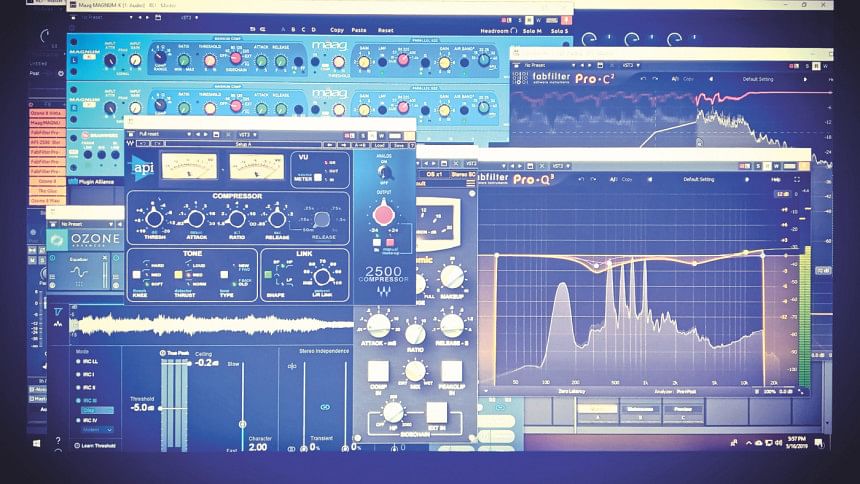
The Software
The first thing you'd need is software. The most important piece of which is a DAW, or a Digital Audio Workstation. There are many to choose from – Cakewalk (formerly Sonar), Reaper, Logic, Ableton, Audacity, etc. You can set tempo, record instruments individually on each track and do a whole host of adjustments to go from recording on your phone to recording semi-professional music or sounds. Each of the aforementioned DAWs have their specific pros and cons, but if you're a beginner with little experience, I recommend starting with Reaper. Reaper has most of the mixing and mastering controls that you'd find on more professionally targeted software like Cakewalk or Logic, with some minute drawbacks. With Reaper it's as simple as plugging your instrument or microphone in, arming an individual track and hitting record. But where are you going to plug your instrument in?
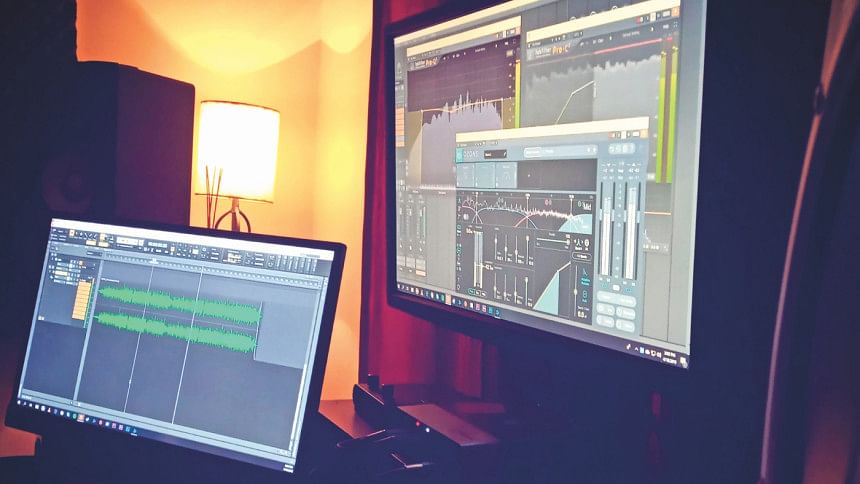
USB Audio Interfaces
A USB Audio Interface is where you plug your guitar or microphone into and record. A USB Audio Interface is essential for recording sounds at a better quality than your internal PC soundcard can produce. There's less lag and latency when plugging your instrument in through an external audio interface and you can control the output externally from the Interface. My hard recommendation would be the Focusrite Scarlet Solo which you can buy from various local music stores and also or import via Facebook groups and online shopping portals. To know more about USBFix.
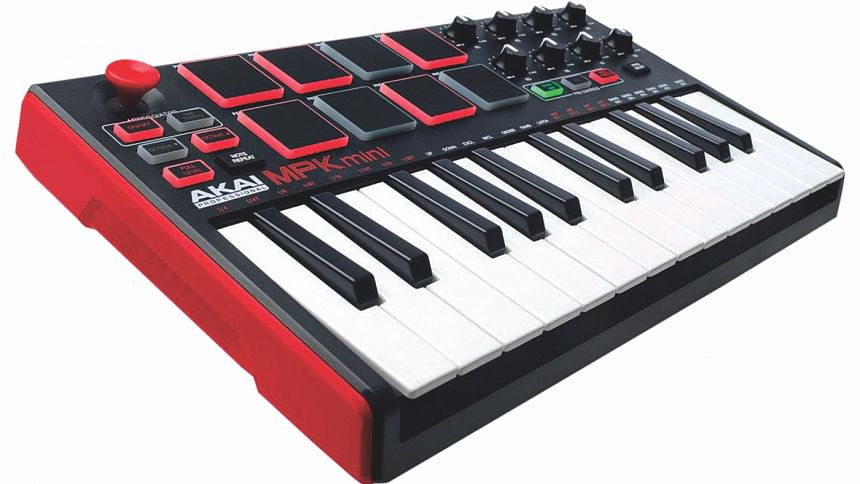
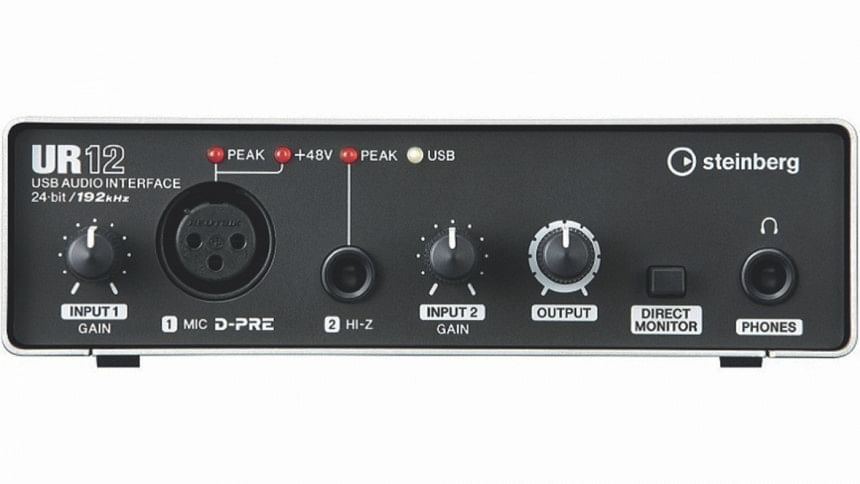
Microphone
While a microphone is essential, I chose to not include a separate list since when it comes to budget, there are only two true champions – Shure's SM57 and SM58. Unlike the other essentials, each microphone is different in the timbre of sound it records. The Audio Technica ATR2100-USB mic is another recommendation because of its cheaper price tag and easy plug and play capabilities. But the SM58 is where it's at in terms of recording quality. While its $35 more than the ATR2100 mic, it outputs a much warmer sound with more depth in the low end.
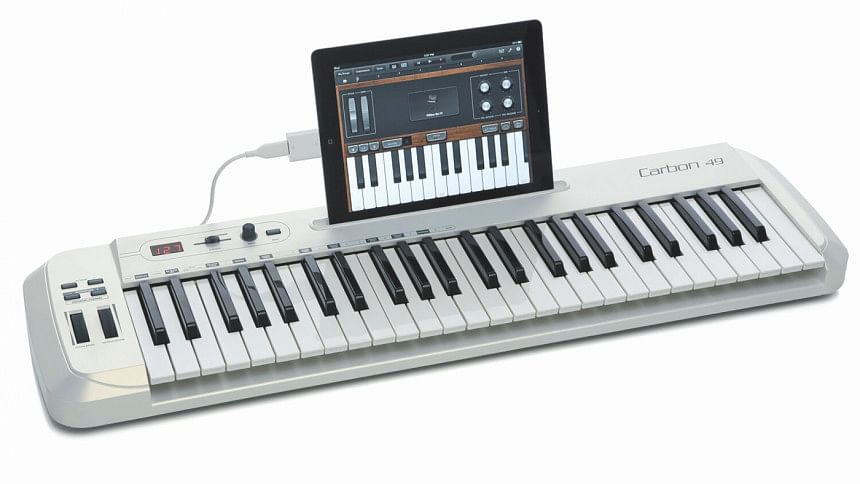
Midi Keyboard
A Midi Keyboard can open up avenues for recording drums, keyboards and many other external sounds. You'd need your choice of VST and instruments to tinker with. You can make do without one but then you'd be limited to draw your notes into the Midi chart of your instrument or play with your actual PC keyboard. While the Akai MPK Mini MKII has the least amount of keys, it does come with eight sampling pads which you can use to easily sequence your drums. For more versatility and tonal range, the Samson Carbon 49 keys keyboard is a good choice.
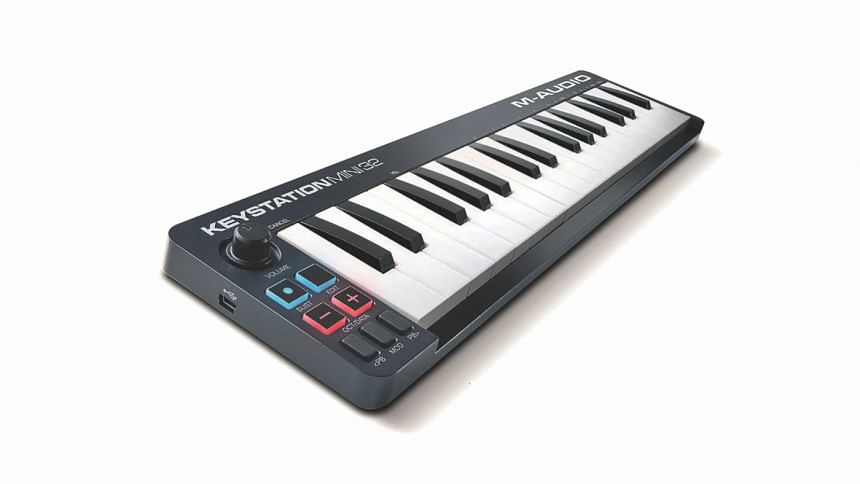
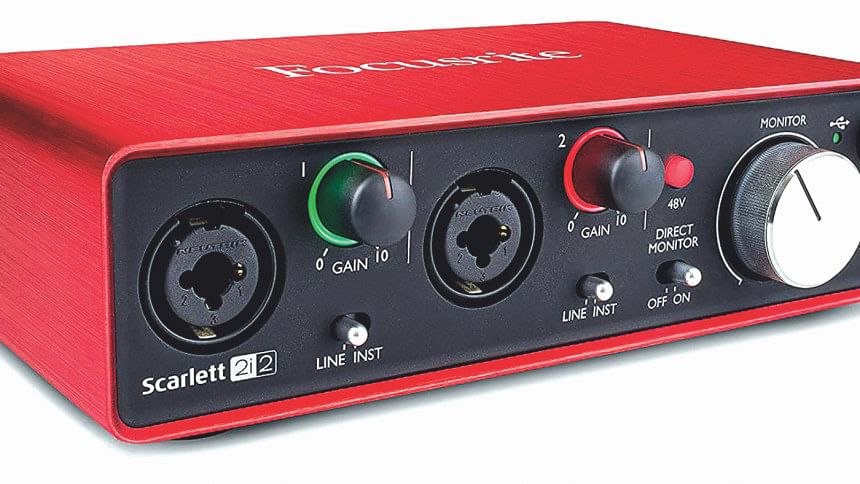
Everything else
Everything else comes down to your adaptability and learning, and who better to elaborate on this than the current sound engineer and producer for Nemesis and Indalo, Rakat Zami. He said, "When you're just starting out, gear isn't the most important element. I was recording on a Cosonic desktop microphone when I started out but I had the creative urge to release my music." Rakat released roughly three EPs under the moniker Embers in Snow, with just his desktop mic and a subpar sound card, and only now has his own proper studio in Bashundhara called The Forge. Apart from gear, the urge and want encompasses the "everything else" that you'd need to get started with audio and music production.
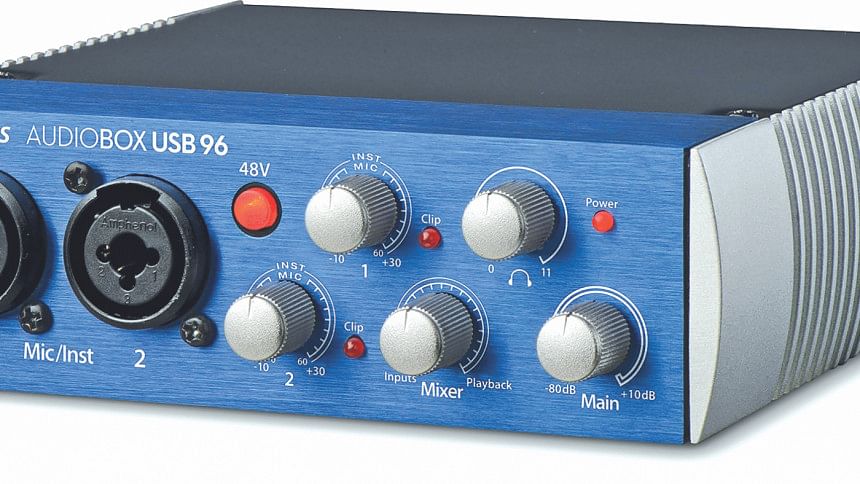

 For all latest news, follow The Daily Star's Google News channel.
For all latest news, follow The Daily Star's Google News channel. 


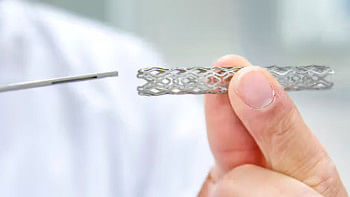
Comments